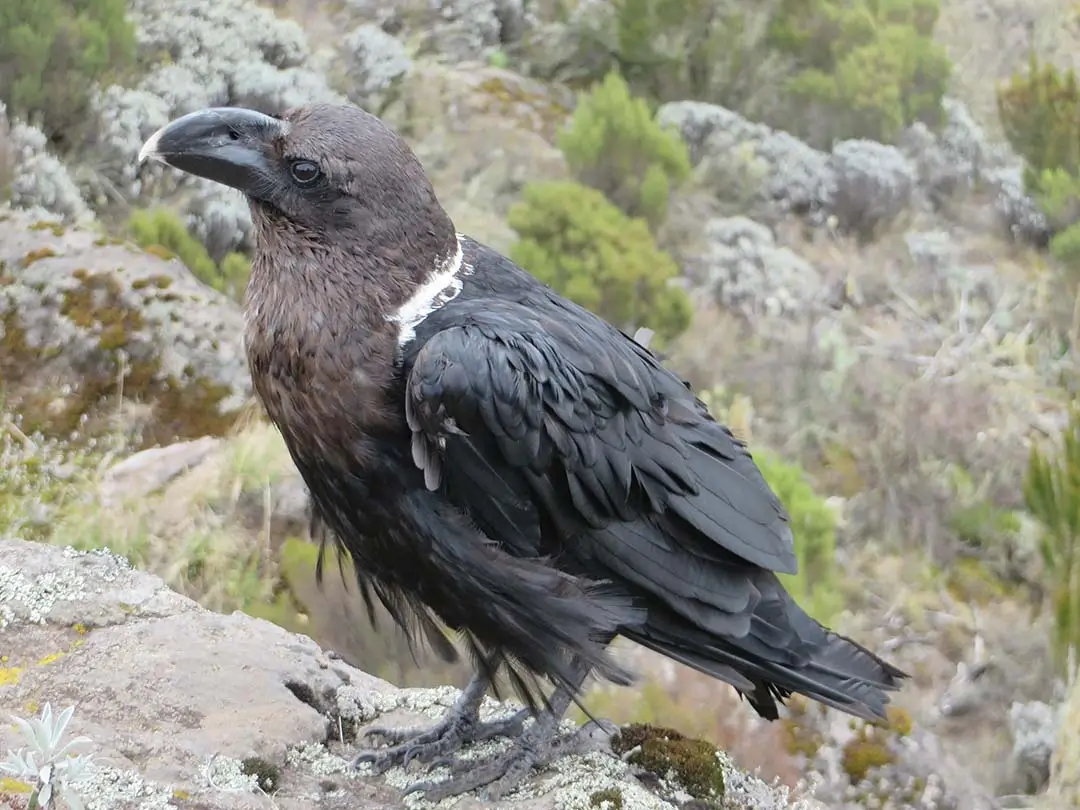
BIRDING IN
Rwenzori Mountains National Park

BIRDING IN
Rwenzori Mountains National Park

BIRDING IN
Rwenzori Mountains National Park

BIRDING IN
Rwenzori Mountains National Park
The magical “ Mountains of The Moon ” lie in Western Uganda on the Congolese border, with snow-covered, equatorial peaks rising to height of 5110 meters and lower slopes blanketed in moorland and rich montane forest with bamboo on the lower slopes. It is located in South Western Uganda on the edge of western rift valley shared by Kabale, Rukungiri and Kisoro Districts. The Rwenzori Mountains were previously Ruwenzori Range sometimes the Mountains of the Moons. It is 996 Kilometers squared with an elevation of 1700meters to 5109meters on top of Margherita peak on Mountain Stanley. It is accessible from Kasese.
The park is one of the world's Endemic Bird Areas (EBA). There are up to 241 species of birds which is about 27% of Uganda's total. Close to 177 bird species live in the Afromontane forest and 19 species are endemic to the Albertine rift. The common bird species include the Ruwenzori turaco Bamboo warbler, Shelley's crimson-wing and four sunbird species. Other bird species include the dwarf honey guide, Grauer's cuckooshrike, Lagden's bush-shrike and ground robin. There are many species in the lower zones but the density decreases with increasing altitude. The species include the Ruwenzori turaco, a brightly coloured red, green and blue bird with a strident cackling cry. Francolins are often heard going noisily to roost in the evenings, and the olive pigeon is heard momentarily, whirring swiftly down the forest slopes.
There are countless bird species to watch out for among which include Albertine Rift endemics like Handsome Francolin, Rwenzori Turaco, Montane (Rwenzori) Nightjar, Dwarf Honeyguide, Archer's Robin-Chat, Red-throated Alethe, Kivu Ground Thrush, Red-faced Woodland Warbler, Montane Masked and Collared Apalises, Stripe-breast Tit, Rwenzori Batis, Grauer's Cuckoo-shrike, Blue-headed, Regal and Purple-breasted Sunbirds, Strange Weaver, Lagden's bush-shrike, White-necked raven and Mountain buzzard, Dusky and Shelley's Crimson wings and the Kivu Ground thrusts. There are a few other birds of the Alpine zone, the only conspicuous ones being Black duck which are sometimes seen on the lakes, and the Alpine Swift which nest on rocky cliffs and twitter loudly at night, visiting the plains by day to feed.
Mountains of the moon are better for visitation during January-February and July-August and takes 6 days for the mountain loop and 3 days for a hike. Margherita is the highest peak of Mount Rwenzori and it can take a nine to twelve day trek to reach the peak.
Our Experts are ready to provide answers
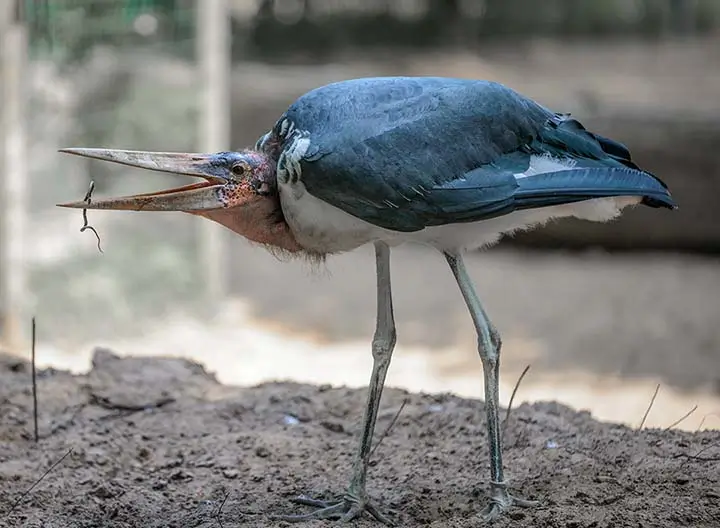
Ajai Wildlife reserve has several bird species and they include Shoebill, the Black-rumped Waxbill, Grey Crowned cranes, Marabou stocks, African fish eagles, Heuglin's Masked Weaver, Chestnut-crowned Sparrow-weaver.
Read More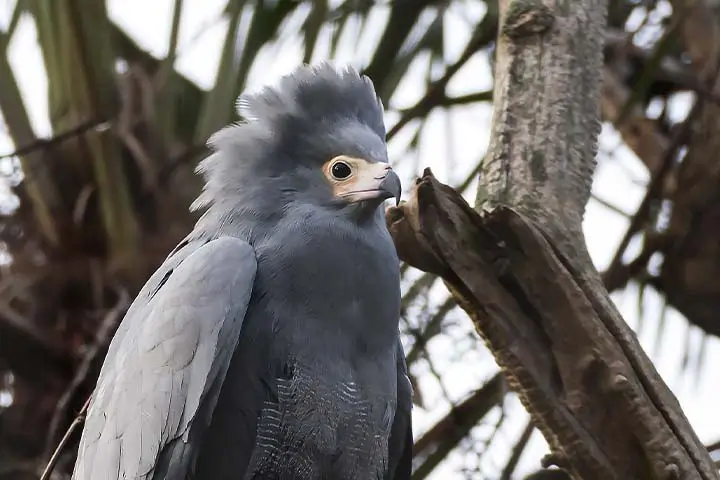
Bwindi is the Bird watchers haven as experienced bird watchers can identify up to 100 species in a day in Ruhija and Buhoma.
Read More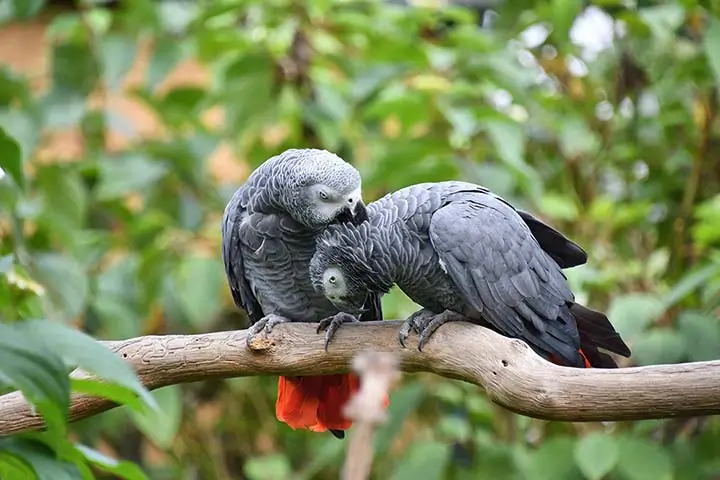
Kibale National Park has so many developed hiking/walking trails with the best birding spot being Bigodi wetland sanctuary where birders take visitors for a 4-hour walking trail.
Read More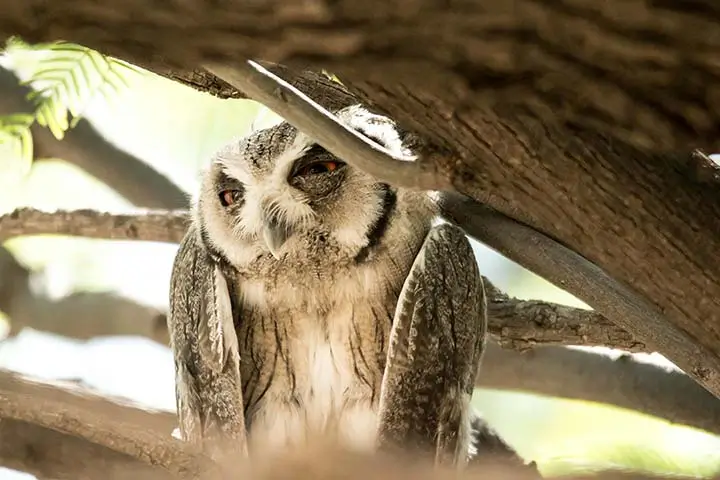
The Apoka Rest Camp and Park Headquarters overlooking the swallow, southern Narus Valley is a grand spot to start your Kidepo birding.
Read More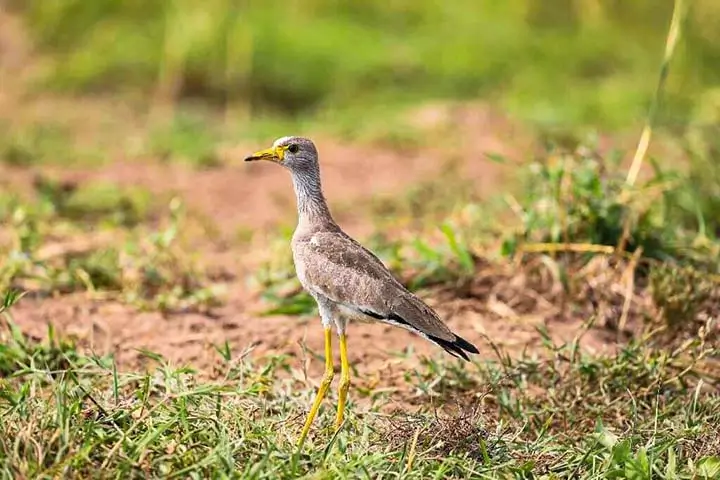
The best birding spots in the park include the swampy valleys of Warukiri and Miriti, and the roadsides between Rwonyo camp and the jetty. There are viewing platforms at the salt lick, in Miriti Valley, and in Rubanga Forest.
Read More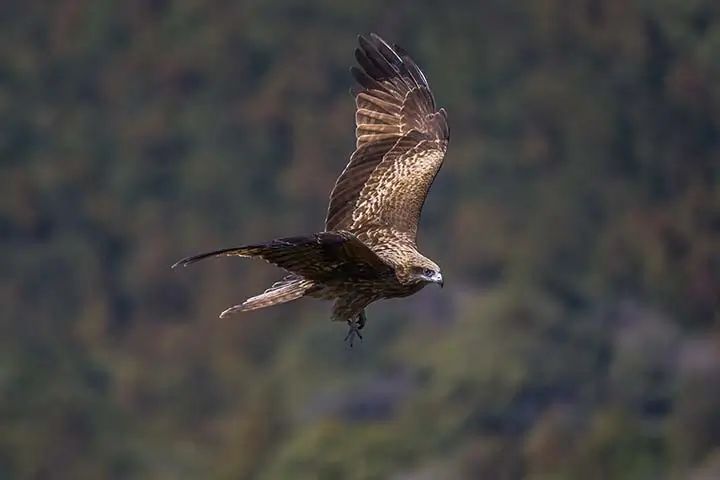
The Park is set apart with a unique bird fauna 79 bird species have been recorded within the park, including several species prevalent to the East Congo Montane region.
Read More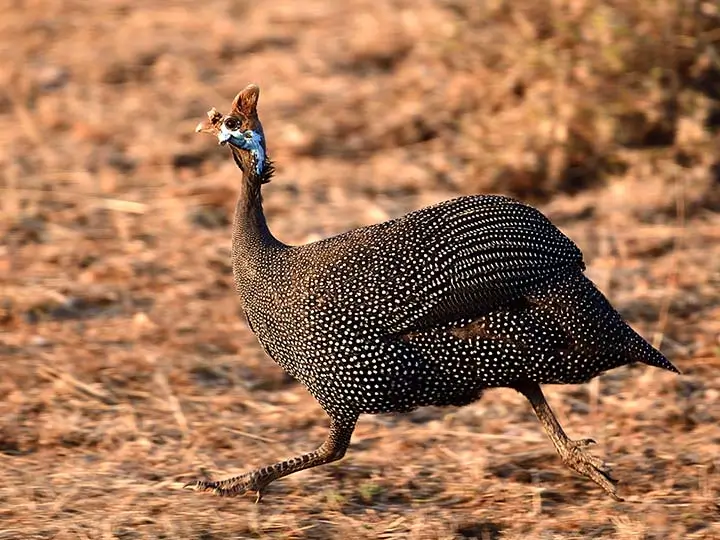
Excellent birding opportunities exist around Kapkwai Forest Exploration Centre, in particular in the secondary forest and thick shrub along the loop trails extended to cover Cheptui Falls.
Read More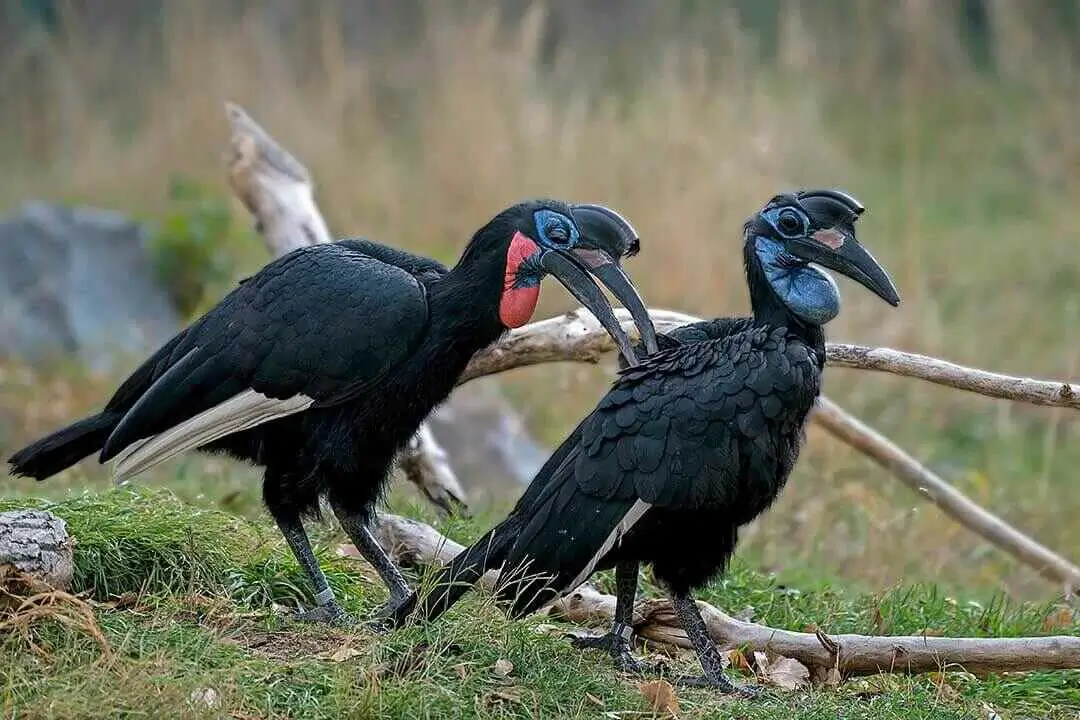
Over 500 bird species are known from the site. Falco naumanni is a passage migrant and Circus macrourus occurs on passage and in winter. Acacia woodland holds the largest known population of Agapornisfischeri, Parusfringillinus is resident and there have been recent records of Apaliskaramojae from Acacia drepanolobium woodland in the south-west of the site.
Read More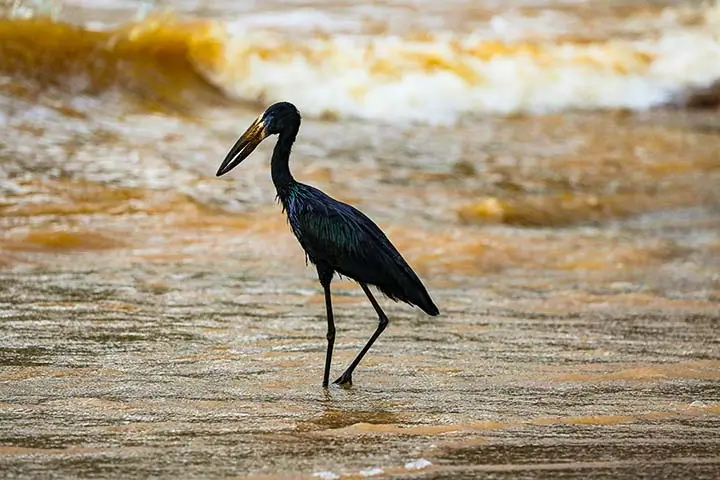
It has 611 recorded bird species in the Kazinga channel sanctuary which covers an area approximately 207kilometers.
Read More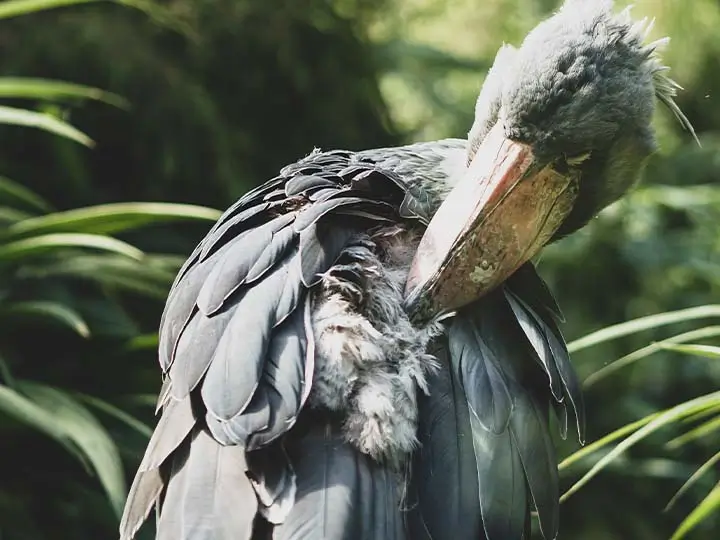
Birders who make it to Semuliki are always rewarded with some of Africa's best forest birding. Sempaya and Ntandi provide excellent viewing of the birds.
Read More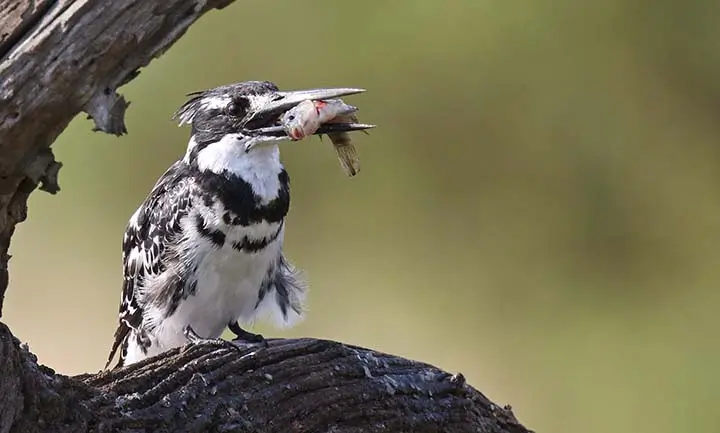
As compared to many other birding destinations within the country, This area of the lake has got over 200 bird species and some of these include;
Read More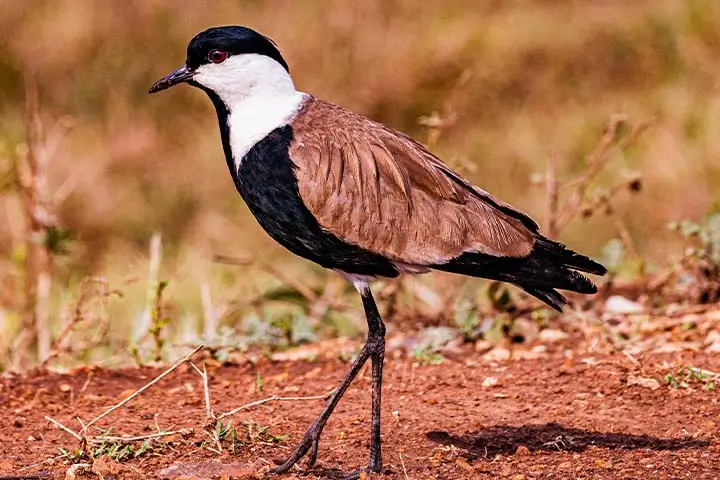
As compared to many other birding destinations within the Birding here is done near new Lutembe beach located on Entebbe road at Namulanda. The bay area has trees, marshlands, and shrubs. Early in the morning is the best time to get to Lutembe as there is a lot of bird activity.
Read More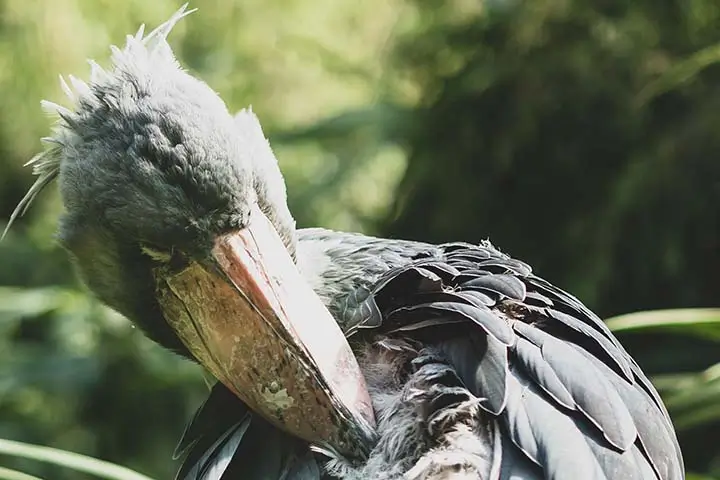
Located on the edge of Lake Victoria, Mabamba Bay Wetland is one of few places where the rare Shoebill Stork can be found. Mabamba Swamp is the most accessible and reliable with the best chances of seeing the Shoebill in Uganda.
Read More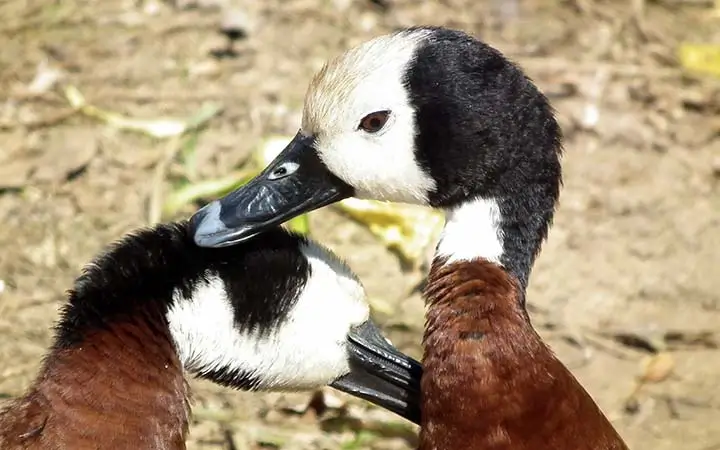
The Uganda Wild Life Authority has registered a reduction in bird species in Pian Upe, and Matheniko, Bokora game reserves due to the persistent drought that has dried up all water sources in the reserve.
Read More